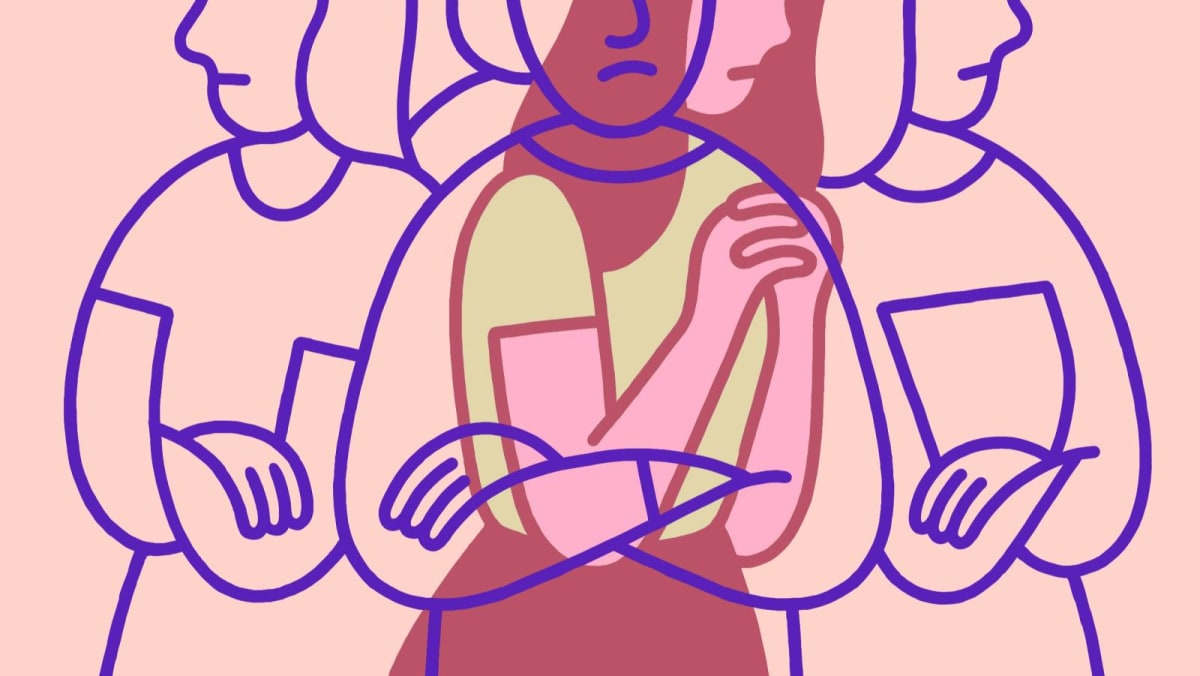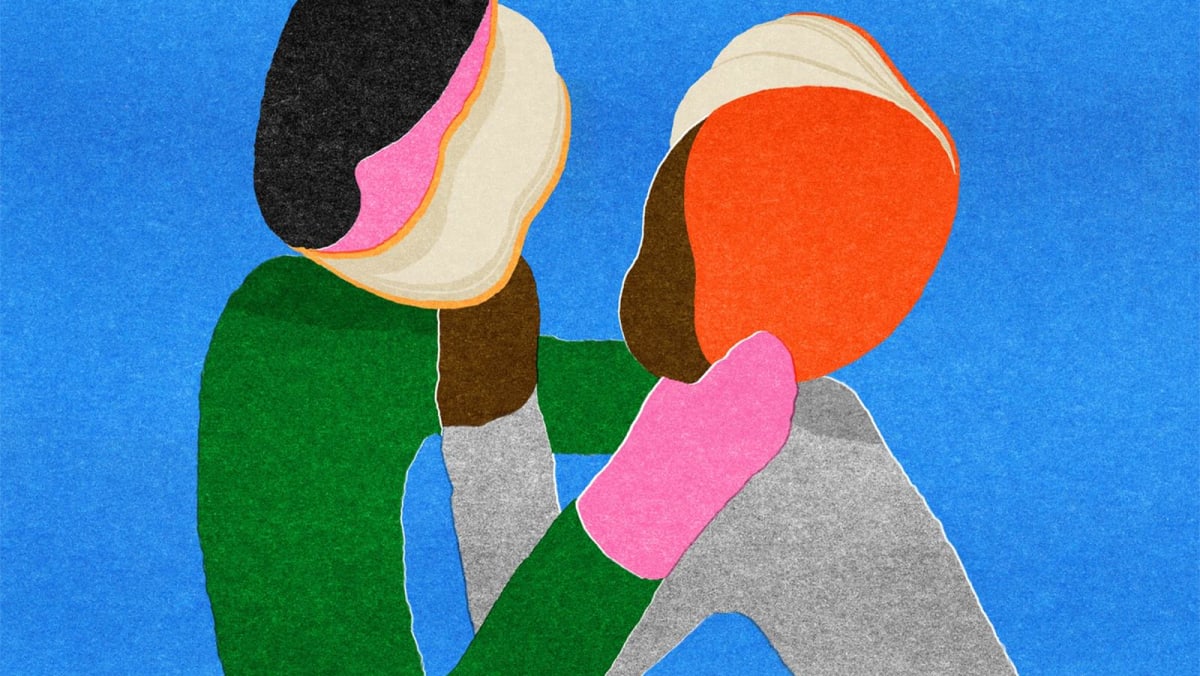Meg Josephson, a psychotherapist in San Francisco, once had a client who said she left every social event convinced, without any proof, that everyone hated her.
It was a pattern Josephson recognised both in herself and in her other clients. It’s the prickle of alarm when a friend’s text ends with a period instead of a “friendly” exclamation point. It’s the “tailspin of insecurity,” as Josephson put it, that occurs after a neighbour doesn’t say hello. It’s hearing that your boss wants to chat with you and immediately assuming you’re going to be fired.
So Josephson posted a video on social media to say, “You’re okay – they’re not secretly mad at you.”
Thousands of people commented that they had similar fears. (“I realised how much I torture myself” was a typical response.)
This nagging feeling that you’re in trouble is common, Josephson said, and there’s a name for the strategy that some people use to keep it at bay: Fawning.
When we sense danger, our nervous systems can respond in three ways: Fight, flight or freeze. But some psychologists, like Josephson, believe that fawning is a fourth stress response. The term was coined by Pete Walker, a psychologist in Berkeley, California, who has written about complex post-traumatic stress disorder. He defines fawning as a protective response developed in childhood as a reaction to trauma – an extreme form of people pleasing.
Research on fawning is still emerging, said Nora Brier, an assistant professor of clinical psychiatry at the University of Pennsylvania Perelman School of Medicine. It has been cited as a reaction to interpersonal violence, a form of disassociation and a submissive response to avoid conflict. However, Dr Brier cautioned that there wasn’t enough evidence yet to consider fawning a nervous system response such as fight, flight or freeze, but she added, “I would love to see fawning be considered for more research.”
People who fawn scramble to be helpful and agreeable to a person who is a threat, said Josephson, who has been a practising therapist for five years and has 337,000 followers on Instagram. She grew up in a chaotic household in which she was constantly mollifying and accommodating her volatile father.
Fawning is sometimes necessary to keep us safe, she said, whether it’s for our physical security or for a paycheck. But for those stuck in the fawn response, the impulse to be vigilant to threats and emotionally monitor others is in overdrive, and it spills over into situations in which we’re actually safe “but our body thinks we’re not,” she said.
With her new book, Are You Mad At Me? How To Stop Focusing On What Others Think And Start Living For You,” Josephson hopes to help people who think that “I can’t feel okay unless the other person is okay,” she said.
I asked Josephson to explain three key takeaways from her book that can help people stop the urge to fawn.
DON’T AUTOMATICALLY ASSUME YOU DID SOMETHING WRONG
You can challenge your perception that someone is mad at you, Josephson said, by asking these questions: Is this story I’m telling myself absolutely true? Is this person’s behaviour unusual or just consistent with how he communicates? Could there be other reasons for the person’s perceived distance, such as work stress or a recent breakup?
For example, when a friend doesn’t text Josephson back, she sometimes thinks: “Oh my gosh, is it something I said?” Then she reminds herself of the many times that she has received a text that later said, “Sorry, I was in a meeting,” or “Sorry, I responded to you in my mind.”
It’s not that people won’t ever be mad at you. But it’s helpful to pause and remind yourself that your anxious mind has lied to you in the past, she said.
CHECK FAWNING BEHAVIOUR BY STARTING SMALL
For people who habitually fawn, it can feel intimidating to set boundaries and say no, Josephson said. So begin with low-stakes situations.
Notice when you’re using people-pleasing phrases that you don’t actually mean, such as “no problem” if something does present a problem, and “is this okay with you?” if it’s not okay with you.
If, for example, someone is apologising for hurting you, your instinct may be to rush to relieve the person of guilt by saying something along the lines of, “No, it’s totally fine,” Josephson said.
Instead, she said, you can say, “Thank you, I’m glad we’re talking about this.”
And if a person tells you that she is not mad at you, take her word for it, Josephson said. “Get comfortable with the discomfort of taking what people say at face value without second-guessing what else they could secretly be feeling.”
“If someone is being passive-aggressive in their communication and not directly bringing something to you, there’s nothing for you to fix,” Josephson writes. “You shouldn’t have to work to master ESP.”
MAKE HONEST COMMUNICATION YOUR GOAL
When we’re fawning, Josephson said, “the fearful part of ourselves chooses dishonest harmony over deep, authentic connection.” But honest and clear communication is the most important part of any relationship, and it erases the need to read between the lines, Josephson said.
Practice being more direct with someone you feel safe around. Tell the person you are doing this and ask for help, she said.
If you are cancelling plans, for example, be honest instead of making up an excuse so that the person won’t be upset with you. “This practise might be uncomfortable in the short term but saves us so much energy in the long-term,” she said. “And it strengthens the relationships we really value.”
The next time you have the urge to fawn, Josephson said, give yourself an authenticity check: Do I really mean what I’m about to say? Am I saying something I don’t mean to try to appease the other person?
“It’s not in your control to make someone else happy,” Josephson said. What is in your control, she added, “is how you spend your time, your energy and your focus.”
By Jancee Dunn © The New York Times Company
The article originally appeared in The New York Times.














